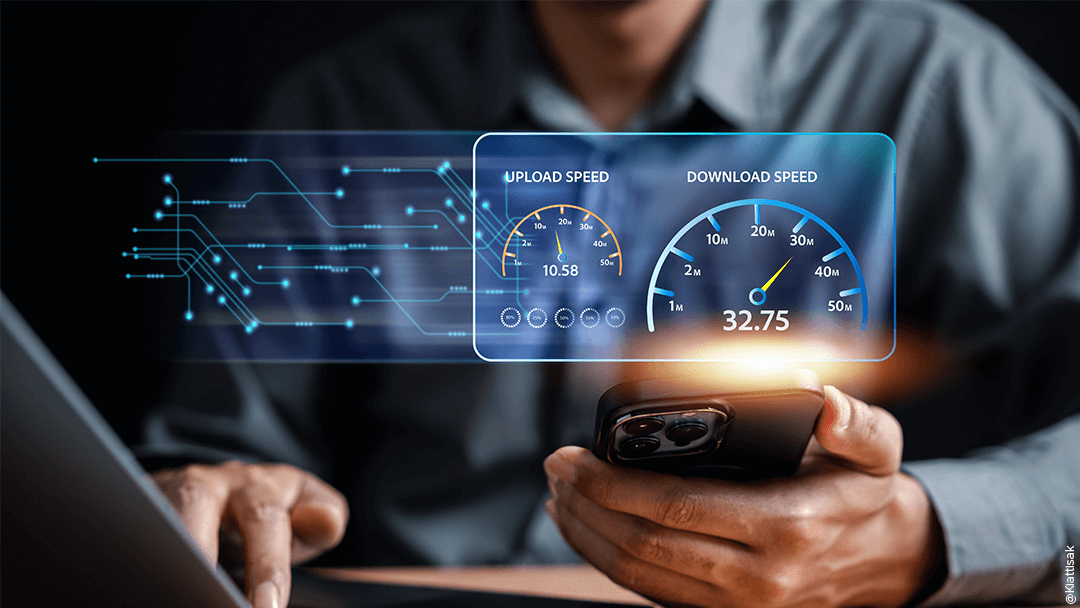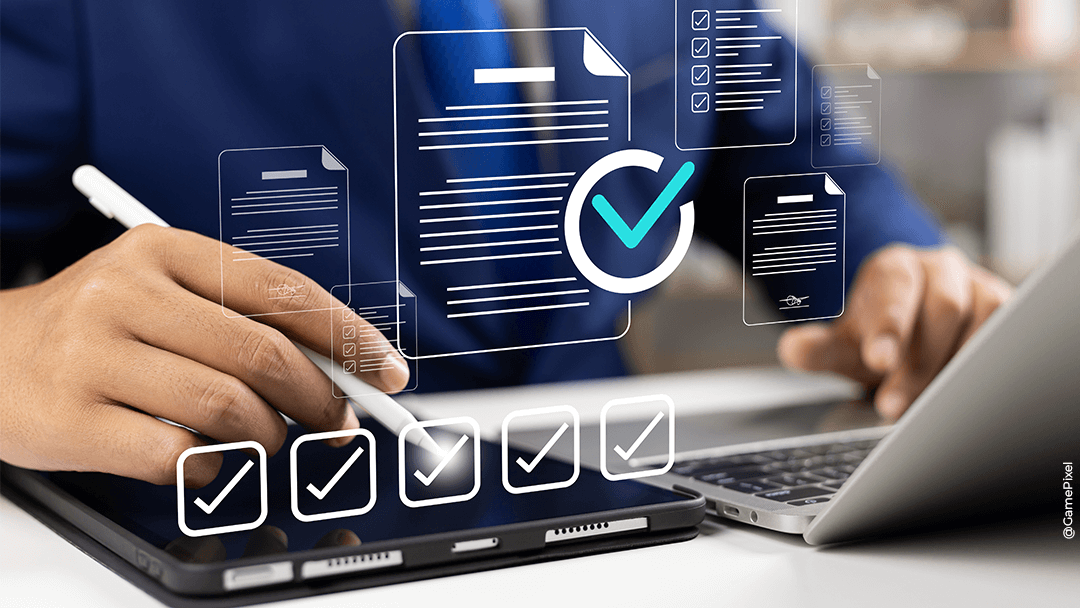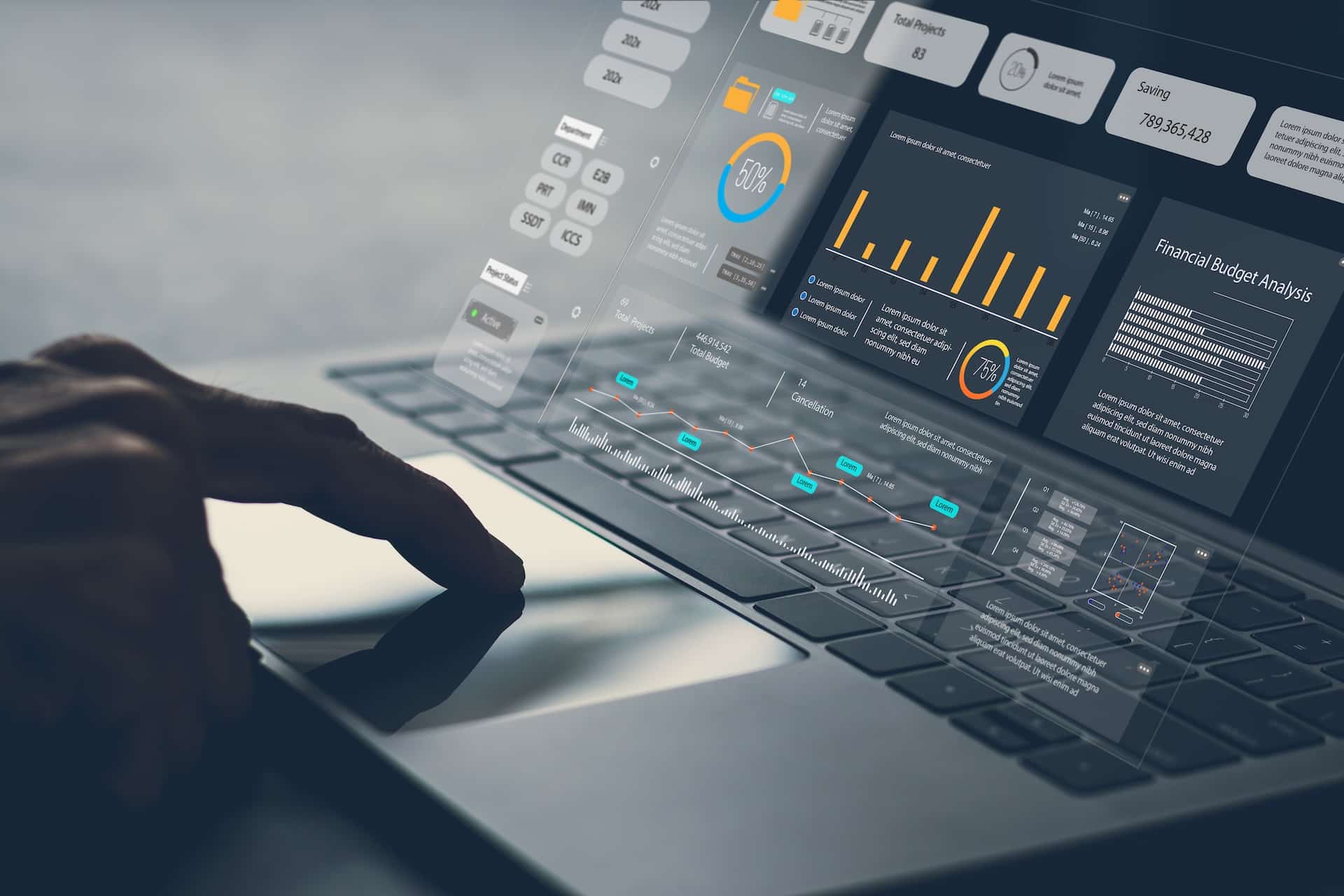Adopting Continuous Performance Engineering (CPE) within your organisation is the key to fostering collaboration and performance throughout your application’s lifecycle.
What is continuous performance engineering?
Continuous Performance Engineering (CPE) is a proactive, ongoing and comprehensive assessment of an application’s performance, including both testing and monitoring. Constant iterations help to promote fluid collaboration between teams, tools and processes. The primary objective is to achieve optimum performance levels from the earliest design phases right through to production release.
What are the differences between continuous performance engineering and performance testing?
Firstly, what is performance testing?
Performance testing is most often carried out by a QA team in collaboration with developers and business teams with the goal of ensuring the speed, responsiveness and stability of an application under set loading. Testing may need developers and business teams to be heavily involved so that they can provide the QA team with the initial scenario and the various possible cases. This is generally carried out at specific points throughout the development cycle and in particular before a major release goes into production.
CPE is an approach that involves integrating performance tests at the earliest possible stage of the development cycle and forms part of a continuous improvement approach throughout the material’s life cycle.
Why is continuous performance important for your company?
Continuous performance is crucial to your business for several key reasons:
- Reliability
End customers expect to receive a reliable quality of service. Reliability can be ensured when the product is perceived as performing well and robust: this is achieved by ongoing and rigorous evaluations performed throughout several development cycles and regularly validated by CPE.
- Lowering of costs
CPE helps to prevent breakdowns by continuously identifying problems throughout the lifecycle. This allows them to be quickly resolved before they not only have an impact on customers, but also the company’s revenues, since every interruption to the service comes at a cost.
- Optimising resources
Process automation and dynamic scaling ensure that resources can be adjusted in line with actual requirements, thereby reducing the costs associated with over- or under-utilisation of infrastructure.
- Competitiveness
By integrating Agile methods and promoting close collaborations within teams, it becomes possible to launch new products more quickly without compromising on product quality. In turn, this enables them to stand out in the market and become more competitive.
- Brand image
The various points noted above all feed into the image of a responsive and reliable modern company that listens to its customers.

Core fundamentals of continuous performance engineering
Continuous process improvement
The notion of continuous improvement is included in both an agile approach and in DevOps; in fact, CPE perfectly integrates this culture. Here are some important points that will add operational value to your projects:
- Real-time monitoring:
Tools are put in place so that system performance can be continuously monitored, bottlenecks can be detected and therefore any problems are anticipated before they start to have an impact on users.
- Automated performance testing:
Regular automated tests are carried out to assess system performance, identify potential regressions and highlight areas for improvement.
- Agile DevOps collaboration:
The points noted above require there to be excellent communications across development, operational and quality teams, which in turn helps to share responsibility for the project across different teams.
- Continuous improvement:
As you will have seen, a requisite of CPE is close collaboration over time to capitalise on feedback and to improve the team’s working methods, as well as enhancing performance.
Performance evaluation and optimisation
Today, application performance is a crucial issue since end-users expect a fast, reliable response. Failing to provide this often creates frustration and damages brand image, with a potential impact on new customer acquisition.
CPE ensures the robustness, efficiency and responsiveness of systems throughout the application lifecycle. This iterative process is based on proactive monitoring and the application of specific solutions, whether they take the form of infrastructure, code or network optimisations. Constant monitoring ensures that deliverables are high-performance, scalable and reliable.
Collaboration and communication
Collaboration and communication are key factors in continuous performance engineering, and it is these elements that ensure how effective EPC can be:
- Cross-team collaboration
- Fluid, transparent communication
- Aligning objectives and sharing responsibility
Teams need to make sure that their priorities are aligned as early as possible in the process so that they can be certain of a shared vision and relevant operational efficiency.
Tools and techniques for continuous performance engineering
Performance analysis methods
When it comes to proactive monitoring, teams can use several analysis methods. Here are some of the best-known examples:
Real-time monitoring
Real-time monitoring is crucial for collating system performance data (CPU, memory, network, latency, response time, etc.) on an ongoing basis. It allows the complete path of a request to be visualised and appropriate steps to be taken if certain APIs take too long to respond.
Tools: Appdynamics, Dynatrace, Datadog, etc.
Load and stress tests
Load and stress tests simulate a progressive load on the application in order to observe how the application behaves during peak periods, thereby making it possible to assess the application’s ability to handle high volumes of traffic.
Tools: Octoperf, Neoload, Apache JMeter, Gatling, K6 etc.
Bottleneck analysis
This method includes looking at the system to identify potential bottlenecks that could limit application performance.
Tools: Dynatrace, VisualVM etc.
Log analysis
Log analysis lets you examine the events and path of customer requests. You can also create visualisation dashboards to account for the number of x requests, location, number of technical/functional exceptions, etc.
Tools: Splunk, Elastic (ElasticSearch, LogStash, Kibana), etc.
Performance management tools
With regard to performance management tools, here are some examples of the visualisations you can obtain and interact with:
Although Dynatrace offers a wide range of tools, the one to focus on here is a tool that allows you to follow the path of an HTTP request and analyse performance in detail, identifying which requests are taking the longest. This then enables you to work with the relevant team to draw up a suitable action plan.
Like Dynatrace, Datadog also lets you view the contents of a query.
ELK, meanwhile, allows you to design custom dashboards to visualise your application’s usage and performance in real time, providing complete visibility of resource consumption and facilitating instant analyses of critical data.
Automation and technology
It’s clear that the Agile and DevOps culture plays a big role in CPI culture. Equally, automation plays an important part in facilitating processes, minimising manual efforts and improving team efficiency.
The benefits of continuous performance engineering
Increase operational efficiency
CPE helps to increase the operational efficiency of teams by improving their responsiveness, automating repetitive tasks, optimising the use of resources, and reducing costs and intervention times.
By integrating CPE practices, you not only improve operational efficiency, but also the quality of your teams’ deliverables.
Reduce costs
CPE helps reduce costs by optimising the use of resources, automating processes, reinforcing system stability, and encouraging a proactive approach to maintenance.
By improving operational efficiency and managing resources in greater detail, CPE enables companies to significantly reduce expenses associated with infrastructure, downtime and maintenance.
Improve product and service quality
CPE guarantees optimum performance, continuous availability and proactive problem management. By integrating regular automated testing, real-time monitoring and seamless collaboration between teams, CPE not only improves the quality of the deliverables, but also enhances overall levels of operational efficiency.
Improving competitiveness
CPE ensures high-quality deliverables, improved time-to-market and the ability to react to customer needs more accurately, enabling quick and efficient reponses to customer requests while avoiding a number of potentially frustrating scenarios.
How can we encourage continuous performance engineering?
Steps to successful implementation
To set up effective CPE, there are several key steps to follow:
- Setting a performance target
Quantify the performance you want to achieve (response time, customer satisfaction, server availability, etc.). These objectives will serve as benchmarks throughout the entirety of the project.
- Develop an Agile and DevOps culture in teams
Involve development, operations, and Q&A teams in building a proactive, collaborative and automated culture right from the start of the project, ensuring that responsibility is shared throughout the lifecycle.
- Set up automation (deployment, testing, monitoring, etc.)
Choose the necessary tools for CPE (e.g. Dynatrace, Gitlab CI /CD etc.).
- Integrating performance testing
Automate and integrate performance tests into the CI/CD pipeline to ensure that no regression takes place with each new code version.
- Monitor and analyse performance
Regularly collect, visualise and analyse performance metrics to identify potential bottlenecks.
- Continuous optimisation
Based on the results of analysing various metrics, follow optimisation processes to improve performance.
By following these steps, you’ll put in place a robust CPE process that not only guarantees optimum performance, but also the ability to continually adapt to the changing needs of your business and your users.
Best practices for sustainable performance
To maintain CPE over the long term, it is crucial to adopt a proactive, collaborative and automated approach.
Team cohesion also plays a key role in maintaining long-term efficiency. By fostering close collaboration and integrating automated processes, you can ensure that any performance is smoothly managed and that you adapt on an ongoing basis to any future developments and challenges.
Qim info helps you engineer continuous performance
By drawing on our expertise in Agile and DevOps, the teams at Qim info can ensure the continuous optimisation of your systems’ performance, tailored to your business requirements.
From defining performance objectives to ongoing optimisation, Qim info’s teams are committed to improving your performance.
By choosing Qim info to perform CPE, you are actively choosing to continuously improve your applications and opt for more robust and responsive systems, thereby offering your users a smooth experience and improving your time-to-market.
Learn more about our Performance & Observability department
Ensure the performance and stability of your IT system applications







